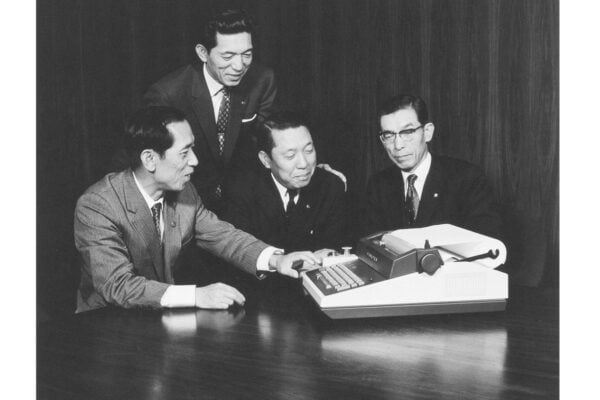How to ensure calculators are an efficient tool for GCSE maths exams

Casio calculators are designed to provide the broadest possible range of benefits to educators and learners alike. Every model in our range of scientific and graphic calculators is a powerful tool, but to ensure your students are getting the best out of them, it’s crucial to focus on efficient use.
This comes down to students being completely comfortable with their calculator, knowing exactly what it’s capable of and being able to access these functions quickly in their exams.
So what are some of the key points teachers need to bear in mind when preparing GCSE maths students to take full advantage of their calculators?
Choose the right model
First and foremost, it’s important that the calculators your GCSE maths classes are using are up to the required standard for this level of learning.
A scientific calculator is a minimum requirement for maths students at key stage 4, as they embark on deeper explorations of concepts including algebra, graphs, quadratic equations and statistics.
All the functionality GCSE learners will need can be found in our fx-83/85GT CW models, including log, exponential, trigonometric and hyperbolic calculation, mean, standard deviation, regression and equivalent ratios.
For higher-tier students – and certainly for those planning to move on to A-level maths – we recommend at least the fx-991 CW, which offers additional features including complex number calculations, polynomial solve and probability distributions.
These scientific calculators make up the new ClassWiz range, which has been upgraded with a focus on ease of use and simplicity. Key additions include a more intuitive menu structure and a dedicated Function key, which can unlock valuable time-saving benefits in exams.
Some schools choose to introduce graphic calculators at GCSE and sometimes earlier, possibly even from year 7. The advanced graphing technology available on the fx-CG50 opens up an entirely new form of visualisation for students, which can make a huge difference to understanding of even the most complex topics.
Introducing the device early gives students plenty of time to get comfortable with it. By the time they reach A-level – where the full power and benefits of the fx-CG50 will be most evident – navigating the calculator and accessing its functions will be second nature.
Give students time to prepare
Once you’ve settled on the calculator model you’re planning to use and recommend to your GCSE maths classes, it’s important to ensure students are able to explore and experiment with the device at their own pace.
GCSE maths exams can be stressful enough without questions arising about how to access particular functions on a calculator. It’s vital, therefore, that learners have sufficient time to get used to their device before going into an exam.
When they’re fully familiar with their calculator, students will also know what they should do to ensure they can use it efficiently in the examination environment.
Knowing how to put their device in exam mode, for example, will ensure they have a clean slate to work from and any previous setup configurations have been cleared for maximum efficiency.
Students who are confident in accessing settings on their calculator will also be able to make choices such as having answers displayed as fractions or decimals, which could help them earn valuable extra marks in exams.
Seek expert support
At Casio, we do more than design and manufacture calculators. We want to provide as much help, advice and resource support as possible to ensure the busy teachers and students using our devices can get the best out of them.
You can find a wealth of information across our website, including details on the enhanced capabilities of the new ClassWiz range. We’ve hosted webinars focusing on some of the key changes to our scientific calculators and will be offering further support in this area in the future.
For the increasing number of schools adopting graphic calculators for GCSE maths, it’s important that teachers are comfortable with the technology and can guide students’ efforts to use it efficiently.
We offer introductory training sessions that highlight some of the key features of the fx-CG50 and how they can be applied to a specific topic.
You can book a place here.



